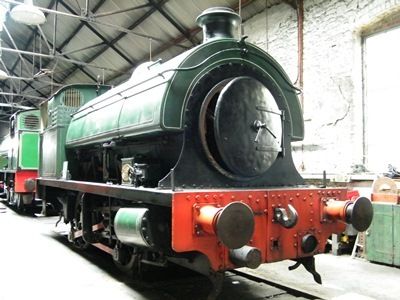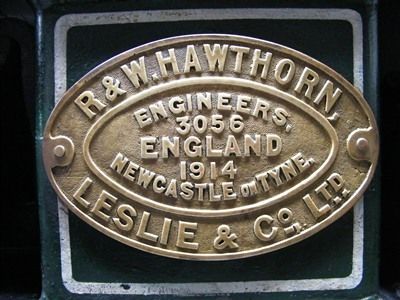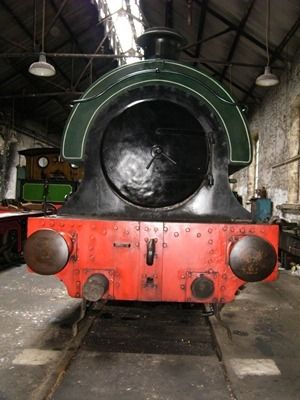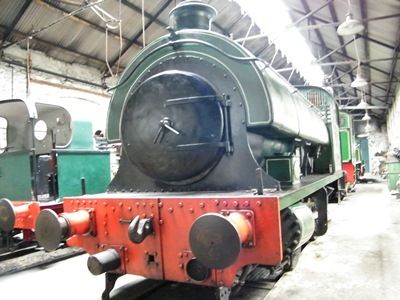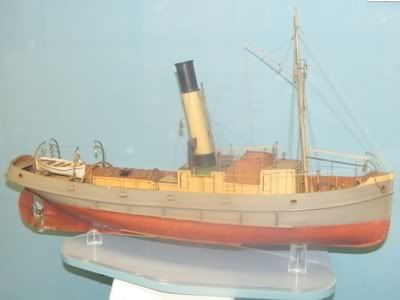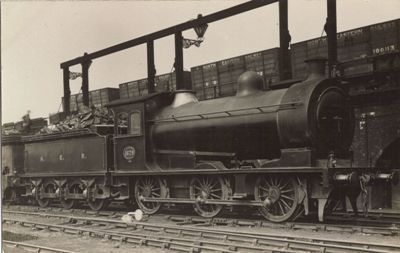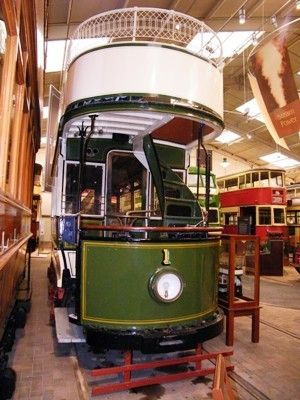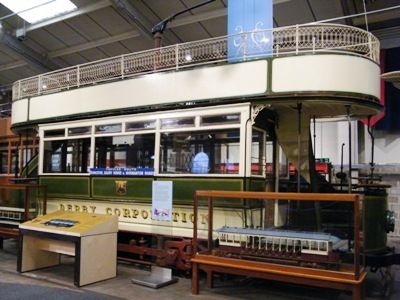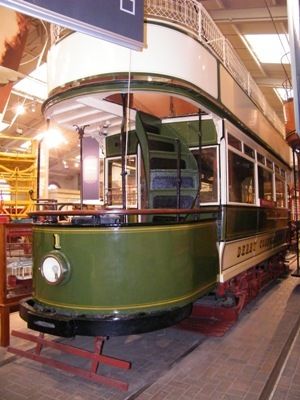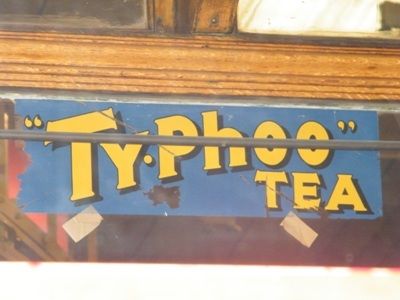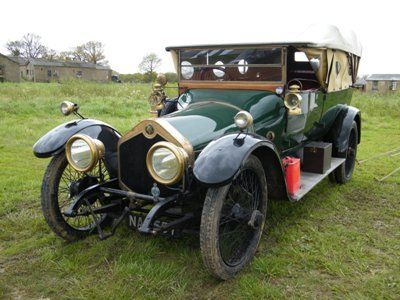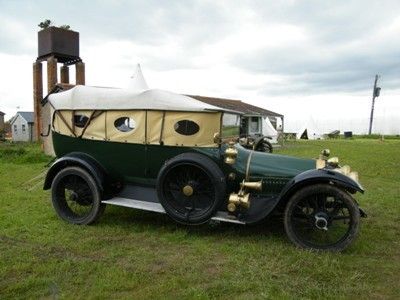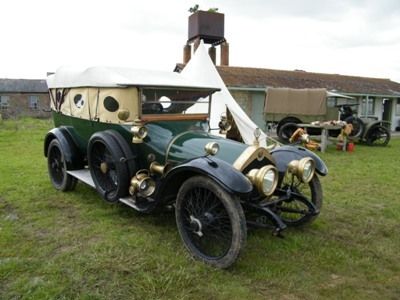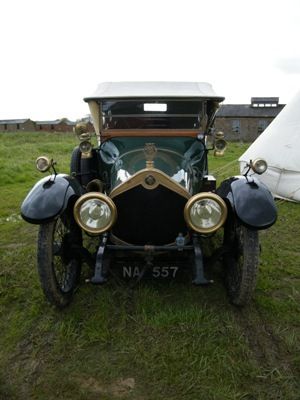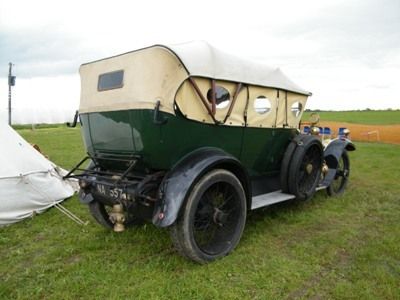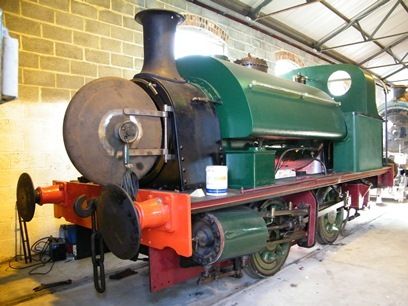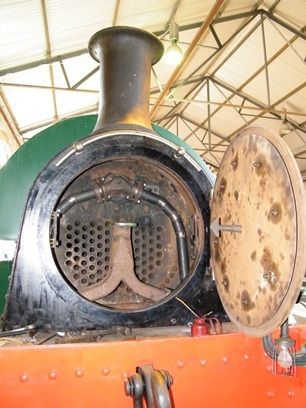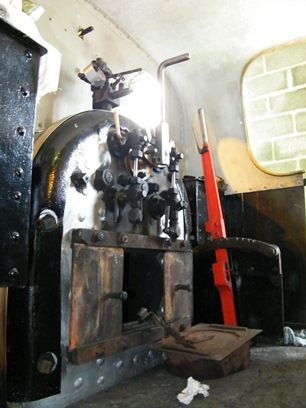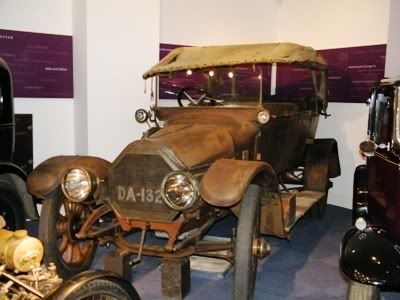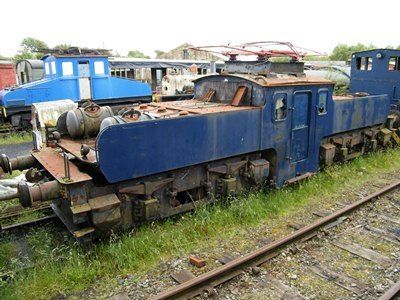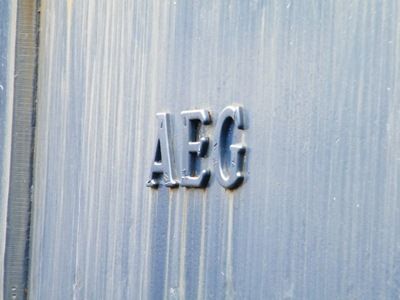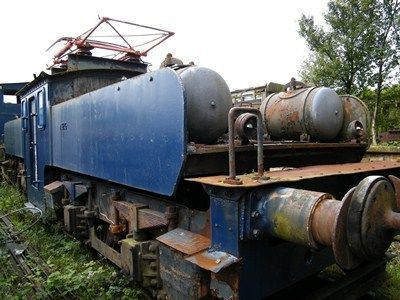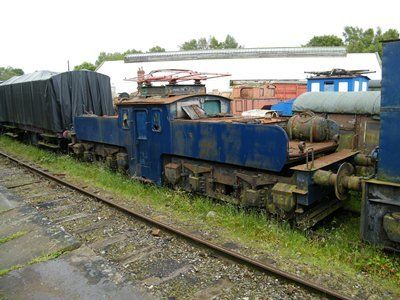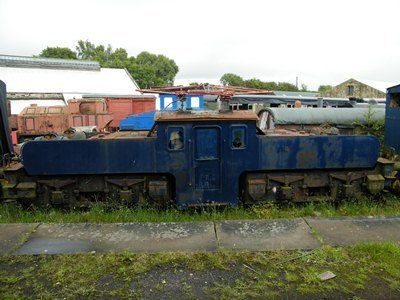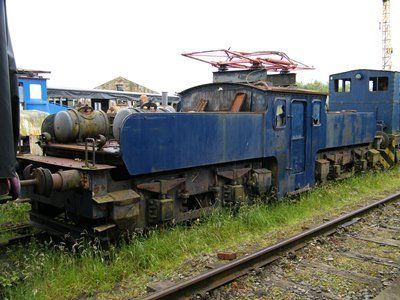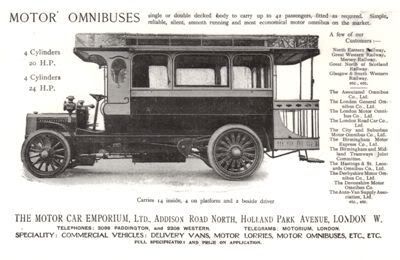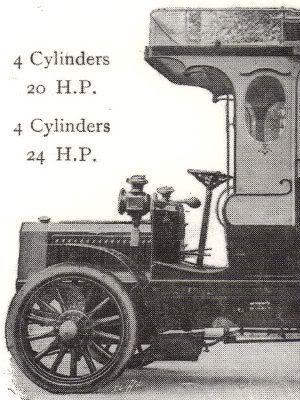This large boilered, four wheeled saddle tank steam locomotive (meaning the tank for the water is like a saddle - straddling the boiler like a rider sits on a horse) was built for industrial use by Hawthorn & Leslie of Newcastle-upon-Tyne in 1914. It was built to their 16 inch cylinder, four wheeled saddle tank locomotive design which was introduced in 1907, first delivered in 1908 and the last locomotive was delivered in 1954, 151 locomotives later.
This example is Hawthorn & Leslie works number 3056, built for a stock order of 9th September 1913, the customer order was received on 15th January 1914 and finished on 22nd April 1914. The cost to Hawthorn & Leslie for making this locomotive was £1336, and sold for £1530.
It was ordered by Lambton & Hetton Colliers Ltd of Durham, who had a large industrial railway who used bigger locomotives than most collieries, including tender engines and much larger tank engines than No 14. In 1924 the company became Lambton, Hetton & Joicey Collieries Ltd, and then in 1947 when the coal industry was nationalised became part of the National Coal Board. In 1960, No 14 went to work at coastal pits at Vane Tempest, Seaham and Dawdon before coming out of service in 1968. It was then preserved by the Beamish Open Air Museum and after being restored to use, including into it's original 1914 livery as seen here, it was put on static display before being moved to the Tanfield Railway where it is seen here, on display in the fantastic Marley Hill Shed.

